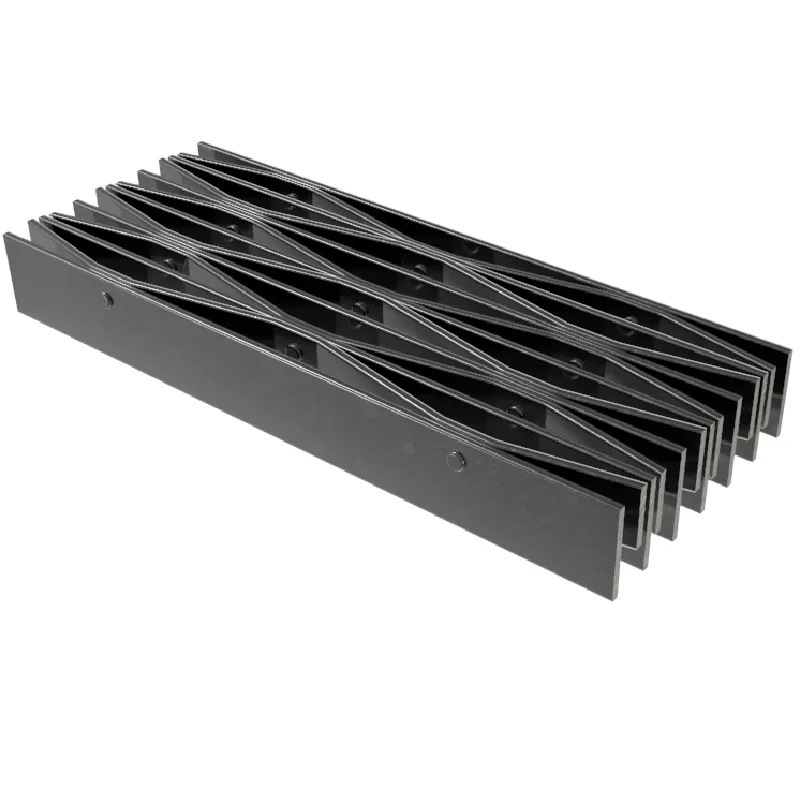- Industrial zone, South of Anping Town, Hengshui, Hebei, China.
- sales@hfpetromesh.com
- +86-18931809706
 Afrikaans
Afrikaans  Albanian
Albanian  Amharic
Amharic  Arabic
Arabic  Armenian
Armenian  Azerbaijani
Azerbaijani  Basque
Basque  Belarusian
Belarusian  Bengali
Bengali  Bosnian
Bosnian  Bulgarian
Bulgarian  Catalan
Catalan  Cebuano
Cebuano  Corsican
Corsican  Croatian
Croatian  Czech
Czech  Danish
Danish  Dutch
Dutch  English
English  Esperanto
Esperanto  Estonian
Estonian  Finnish
Finnish  French
French  Frisian
Frisian  Galician
Galician  Georgian
Georgian  German
German  Greek
Greek  Gujarati
Gujarati  Haitian Creole
Haitian Creole  hausa
hausa  hawaiian
hawaiian  Hebrew
Hebrew  Hindi
Hindi  Miao
Miao  Hungarian
Hungarian  Icelandic
Icelandic  igbo
igbo  Indonesian
Indonesian  irish
irish  Italian
Italian  Japanese
Japanese  Javanese
Javanese  Kannada
Kannada  kazakh
kazakh  Khmer
Khmer  Rwandese
Rwandese  Korean
Korean  Kurdish
Kurdish  Kyrgyz
Kyrgyz  Lao
Lao  Latin
Latin  Latvian
Latvian  Lithuanian
Lithuanian  Luxembourgish
Luxembourgish  Macedonian
Macedonian  Malgashi
Malgashi  Malay
Malay  Malayalam
Malayalam  Maltese
Maltese  Maori
Maori  Marathi
Marathi  Mongolian
Mongolian  Myanmar
Myanmar  Nepali
Nepali  Norwegian
Norwegian  Norwegian
Norwegian  Occitan
Occitan  Pashto
Pashto  Persian
Persian  Polish
Polish  Portuguese
Portuguese  Punjabi
Punjabi  Romanian
Romanian  Russian
Russian  Samoan
Samoan  Scottish Gaelic
Scottish Gaelic  Serbian
Serbian  Sesotho
Sesotho  Shona
Shona  Sindhi
Sindhi  Sinhala
Sinhala  Slovak
Slovak  Slovenian
Slovenian  Somali
Somali  Spanish
Spanish  Sundanese
Sundanese  Swahili
Swahili  Swedish
Swedish  Tagalog
Tagalog  Tajik
Tajik  Tamil
Tamil  Tatar
Tatar  Telugu
Telugu  Thai
Thai  Turkish
Turkish  Turkmen
Turkmen  Ukrainian
Ukrainian  Urdu
Urdu  Uighur
Uighur  Uzbek
Uzbek  Vietnamese
Vietnamese  Welsh
Welsh  Bantu
Bantu  Yiddish
Yiddish  Yoruba
Yoruba  Zulu
Zulu
- Afrikaans
- Albanian
- Amharic
- Arabic
- Armenian
- Azerbaijani
- Basque
- Belarusian
- Bengali
- Bosnian
- Bulgarian
- Catalan
- Cebuano
- Corsican
- Croatian
- Czech
- Danish
- Dutch
- English
- Esperanto
- Estonian
- Finnish
- French
- Frisian
- Galician
- Georgian
- German
- Greek
- Gujarati
- Haitian Creole
- hausa
- hawaiian
- Hebrew
- Hindi
- Miao
- Hungarian
- Icelandic
- igbo
- Indonesian
- irish
- Italian
- Japanese
- Javanese
- Kannada
- kazakh
- Khmer
- Rwandese
- Korean
- Kurdish
- Kyrgyz
- Lao
- Latin
- Latvian
- Lithuanian
- Luxembourgish
- Macedonian
- Malgashi
- Malay
- Malayalam
- Maltese
- Maori
- Marathi
- Mongolian
- Myanmar
- Nepali
- Norwegian
- Norwegian
- Occitan
- Pashto
- Persian
- Polish
- Portuguese
- Punjabi
- Romanian
- Russian
- Samoan
- Scottish Gaelic
- Serbian
- Sesotho
- Shona
- Sindhi
- Sinhala
- Slovak
- Slovenian
- Somali
- Spanish
- Sundanese
- Swahili
- Swedish
- Tagalog
- Tajik
- Tamil
- Tatar
- Telugu
- Thai
- Turkish
- Turkmen
- Ukrainian
- Urdu
- Uighur
- Uzbek
- Vietnamese
- Welsh
- Bantu
- Yiddish
- Yoruba
- Zulu
drainage pit grates
The Importance of Drainage Pit Grates Enhancing Safety and Efficiency
Drainage systems play a pivotal role in managing stormwater runoff, preventing flooding, and maintaining the integrity of urban infrastructure. One critical component of these systems is the drainage pit grate. Often overlooked, drainage pit grates are essential for the safe and effective channeling of water, protecting public spaces from water-related hazards, and ensuring that drainage systems function optimally.
What Are Drainage Pit Grates?
Drainage pit grates are covers or surfaces placed over drainage pits or inlets. They serve multiple purposes, including filtering debris from entering the drainage system, providing access for maintenance, and preventing accidents by covering potentially hazardous openings. Typically constructed from durable materials such as steel, aluminum, or polymer, these grates come in various designs and sizes to fit different applications and environmental conditions.
Safety Considerations
Safety is perhaps the most critical reason for the installation of drainage pit grates. Open drainage pits can pose significant risks, particularly in urban areas where pedestrian traffic is high. Grates serve as a protective barrier that prevents people, especially children, from accidentally falling into these pits. Additionally, a properly designed grate can withstand significant loads, reducing the risk of collapse under heavy vehicles, which is essential for roads and parking lots.
drainage pit grates

Maintaining Efficiency
Beyond safety, drainage pit grates are crucial for the efficiency of drainage systems. They help to catch larger debris—like leaves, branches, and trash—that could clog the drainage system and lead to blockages. By preventing large particles from entering the system, grates help maintain proper water flow, thereby reducing the risk of flooding during heavy rainfalls. Regular maintenance, including the cleaning of grates, is necessary to ensure that they continue to perform their function effectively.
Technical Design and Customization
The design of drainage pit grates is not one-size-fits-all; they can be customized based on specific requirements. Factors such as local climate, expected rainfall, surrounding environment, and pedestrian traffic all influence the selection of an appropriate grate. For example, in areas prone to heavy storms, grates with larger openings may be used to facilitate rapid water drainage, while in residential areas, decorative designs might integrate functionality with aesthetic appeal.
Conclusion
In conclusion, drainage pit grates are an often-underappreciated yet vital part of urban infrastructure. Their role in enhancing safety, ensuring efficiency, and protecting against flooding cannot be overstressed. Proper selection, installation, and maintenance of these grates are imperative for the health of drainage systems and the safety of urban environments. As we continue to face challenges posed by climate change and increased urbanization, investing in high-quality drainage solutions, including robust drainage pit grates, is essential for sustainable urban development. By prioritizing these components, cities can better manage stormwater runoff, protect public safety, and promote a cleaner, more efficient environment for everyone.
-
Welded Steel Bar Grating: The Strongest Choice for Industrial FlooringNewsMay.21,2025
-
Steel Grating for Sale: The Ultimate Anti-Slip SolutionNewsMay.21,2025
-
Steel Frame Shaker Screens: Unmatched Durability for Demanding OperationsNewsMay.21,2025
-
Shaker Screens: Your Ultimate Solution for Oil & Gas FiltrationNewsMay.21,2025
-
Press Locked Steel Grating: The Smarter Choice for Heavy-Duty FlooringNewsMay.21,2025
-
Helicopter Deck Safety Nets: Protect Your Crew and EquipmentNewsMay.21,2025